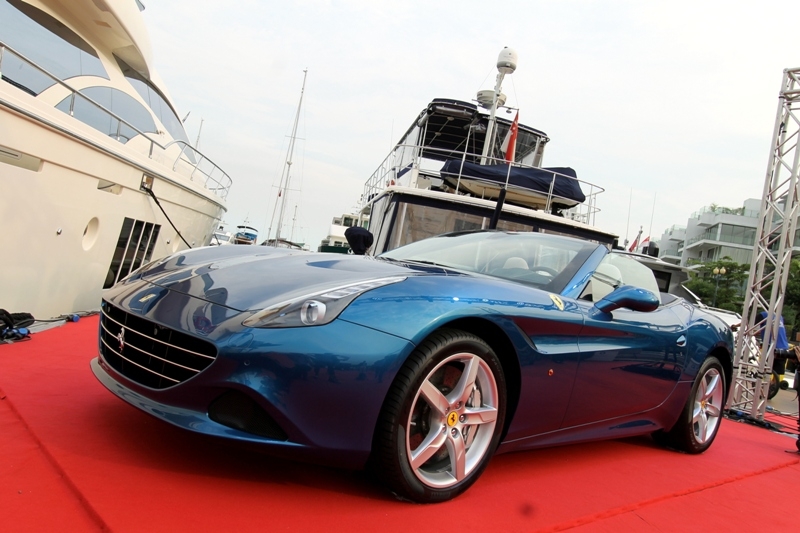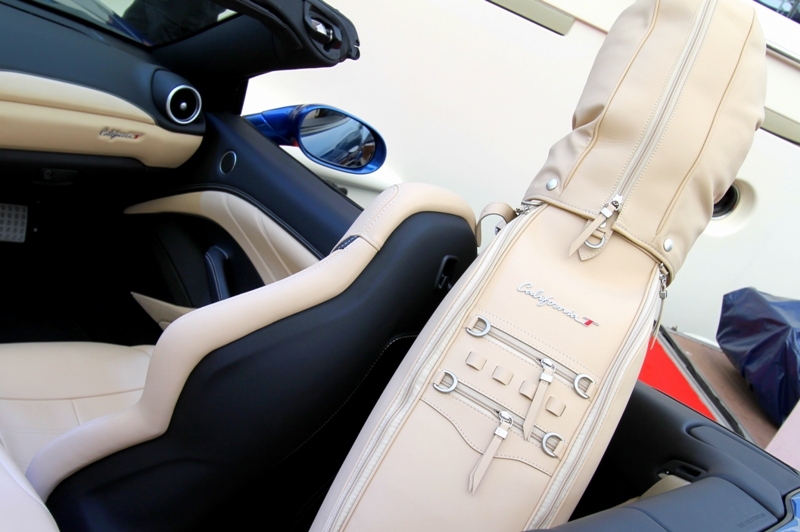No bikinis or sun-kissed skin here, but the new California T is certainly a mighty fine lady indeed.
Change in the name of progress can be startling. We acknowledge it as inevitable, but it’s still jarring the first time a long-standing tradition is broken. BMW going FWD, for example; the Porsche GT3 being two-pedal only; F1’s emphasis on fuel efficiency. And now, Ferrari, purveyor of high-revving, screaming, wailing engines, plonking a turbocharger into one of their cars.
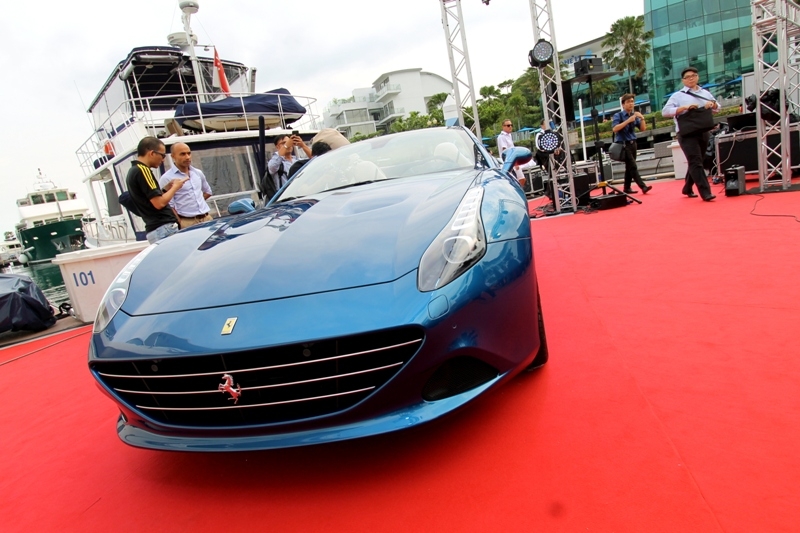
Except that that last one isn’t exactly unchartered territory for Maranello. Look back 27 years, and recall the carbonfibre and Kevlar F40. Or three years before that, and the 288 GTO. Never mind that, like F1, Ferrari’s return to forced induction is primarily for the environment’s sake — the California T (for ‘Turbo’, naturally) isn’t as blasphemous as you might think.
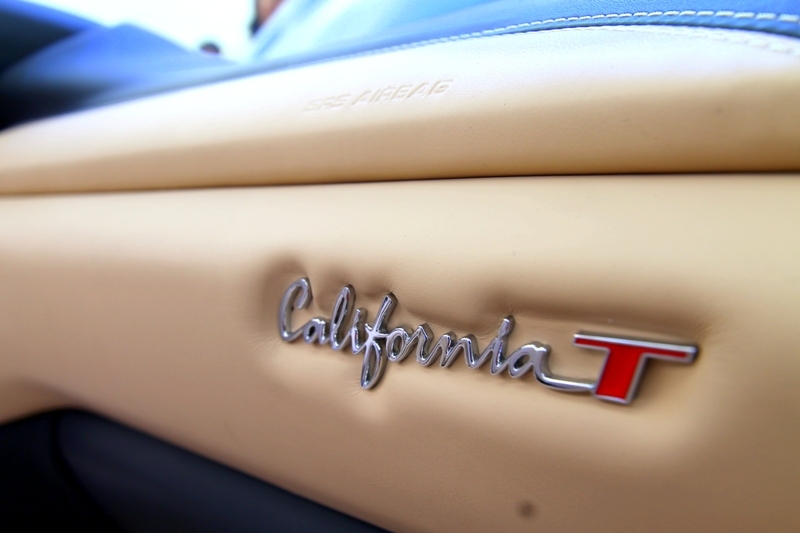
Like the Golden State after which it is named, the California T positively radiates, thanks to its stunning new Blue California paintwork. It’s also a much more agreeable looking thing than the outgoing model, thanks to its F12-esque nose, 250 Testarossa-inspired flanks and “triple-fence” diffuser.
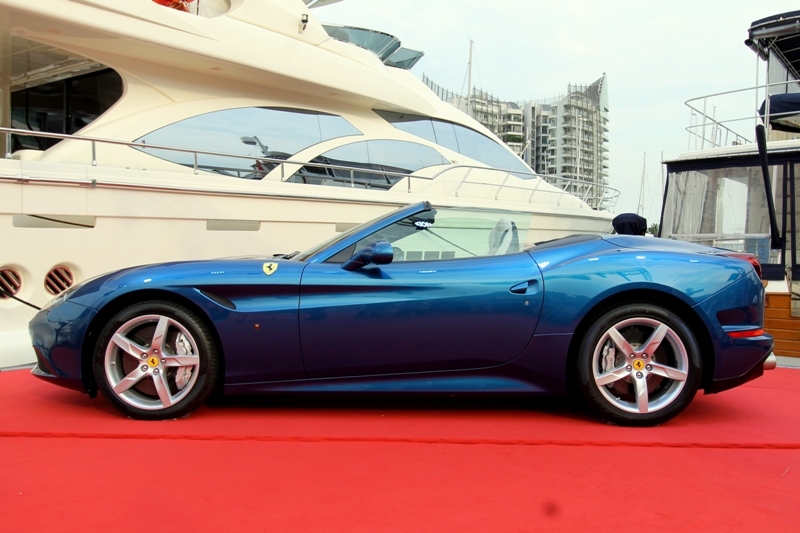
Pop open the 14 second roof and you’ll be greeted by a similarly updated cabin, with upgraded leather trim, steering wheel-mounted controls, a 6.5-inch central touchscreen display and what Ferrari calls a “Turbo Performance Engineer”. Nestled between the air vents, the TPE can be configured to display different aspects of engine data, such as turbo response and efficiency, as well as a boost gauge.
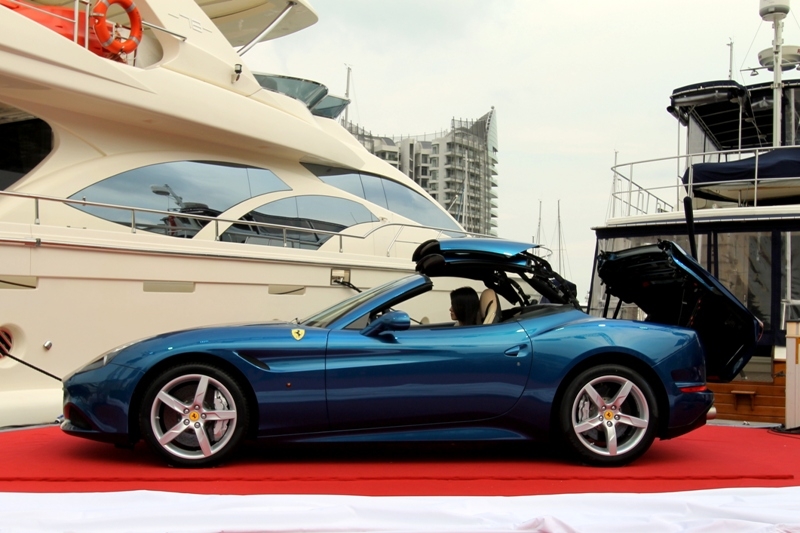
Ah yes, the boost gauge. That one toy inside the car that really lets you know how hard your turbo is working. So how has the switch to forced induction affected the California’s characteristics? Not by much, according to Ferrari. Thanks to the classic Ferrari flat-plane crankshaft and a three-piece cast exhaust header, the California T continues to produce an “enthrallingly powerful and exhilarating sound”. Turbo lag is also claimed to have been “virtually eliminated” with the use of twin-scroll turbochargers and a Variable Boost Management system.
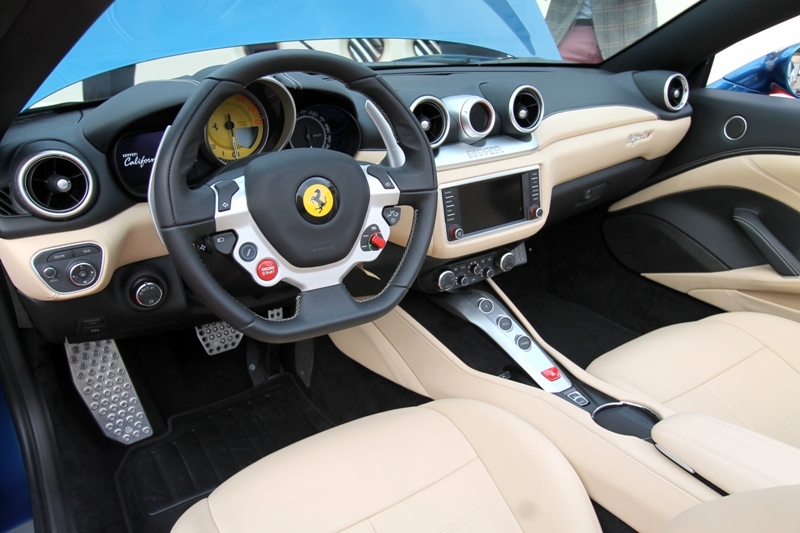
The end result of all that work under the bonnet is a 3.8-litre V8 with 560hp and 755Nm of torque — 49% more than before. This drops the 0-100km/h time by 0.2s to 3.6s and bumps top speed up to 314km/h. Yet, at the same time fuel consumption has been cut by 15% despite the extra grunt, and CO2 emissions down to 250g/km. So whether you’re having a flat-out charge up the Pacific Coast Highway or simply cruising down Sunset Boulevard, the engine is versatile enough to take in any situation.
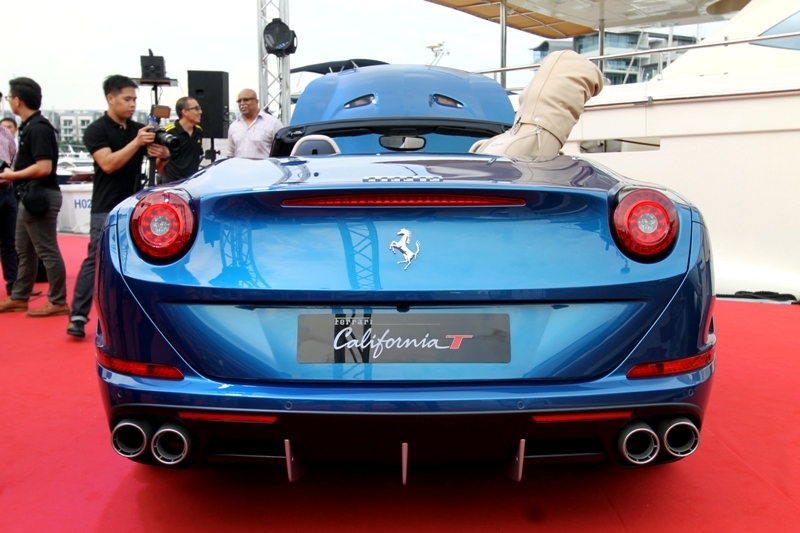
Likewise its dynamics; thanks to a new suspension setup, F1-Trac traction control system (as found on the 458) and carbon brakes, the California T should be able to stop and steer harder than before, while the latest generation of Magnaride, with a 50% faster response time, should help make cruising that little bit more comfortable.
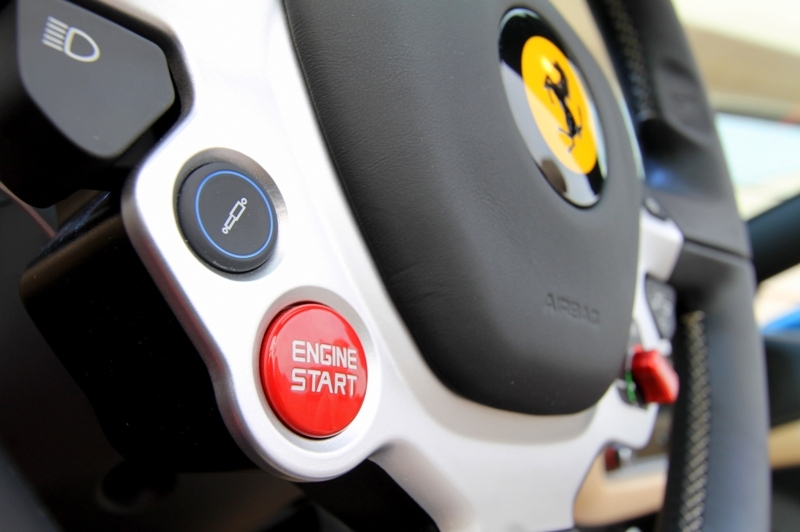
But who are we trying to kid? With its front-engined configuration, improved looks and folding hardtop, the California T will make most people feel more like a rock star than a driving god. California, California, here we come!
